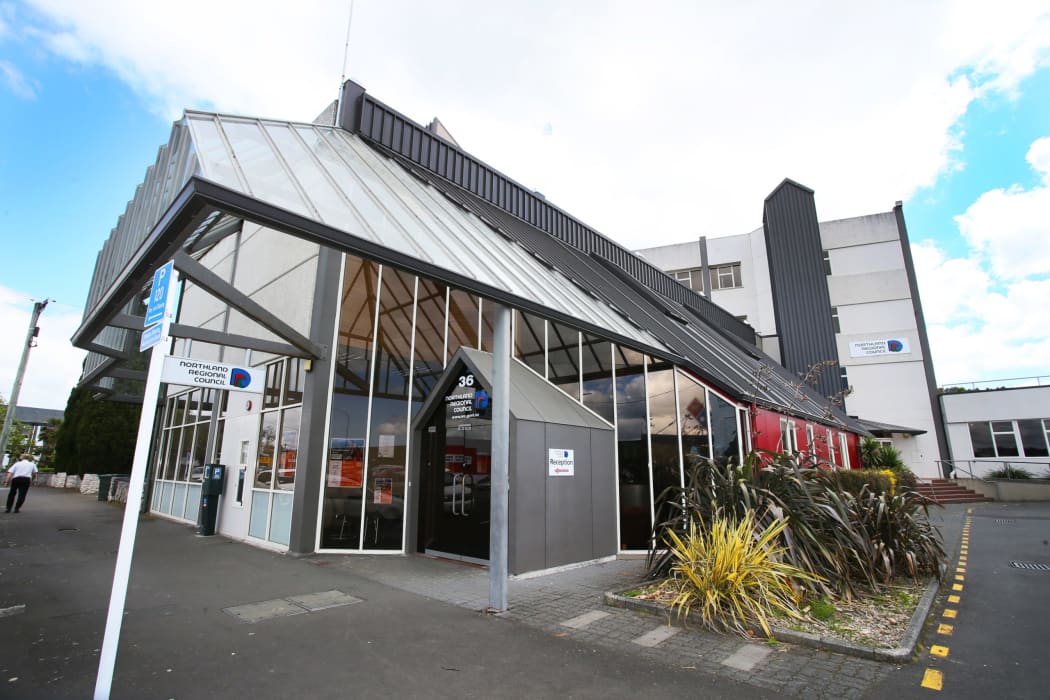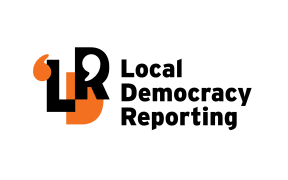Capping councillor numbers to ensure adequate remuneration is not the best way to approach a representation review the Local Government Commission has told Northland Regional Council.

Northland Regional Council's head office in Whangārei Photo: Northern Advocate / Tania Whyte
The Local Government Commission (LGC) on Friday released its decision on how Northland Regional Council (NRC)'s political representation will look at the next elections. The decision came after a March 21 representation review hearing.
NRC will have its first Māori constituency following the representation review, initiated after the council voted to bring in Māori seats in October 2020. This triggered the review, before the local government election in October this year.
"While we appreciate that remuneration levels are a concern for many councils, we are not convinced that capping councillor numbers to maintain remuneration levels will ensure more effective representation in the form of a broader range of candidates," LGC chair Brendan Duffy said.
"In our view, a representation review is not the appropriate mechanism for addressing councillor remuneration," he said.

The commission looked at the number, boundaries and names of the proposed constituencies along with the proposed number of councillors for each constituency.
NRC currently has nine councillors. It will have the same number at this year's local government elections. They will represent an electoral population of 194,500.
Councillors featured in a number of the 33 submissions NRC received ahead of its final representation review proposal. Six supported the proposed nine councillors. Nine wanted more - 10, 11, 12 and 14. One proposed eight councillors.
The council's Te Taitokerau Māori and Council Working Party (TTMAC), a joint iwi, hapū and council advisory group, wanted of a council of 11, comprising eight general and three Māori constituency councillors.
The LGC hearing commissioners decided in favour of the nine councillors. However, that decision did not come without reference to councillor remuneration not being an ideal driver for the council's decision on the number of politicians.
Duffy said the hearing commissioners had noted TTMAC's views.
"We have also noted the clear preference expressed through TTMAC by the council's iwi and hapū partners for a council of 11 members, which allows for eight general and three Māori constituency councillors," Duffy said.
"We explored this further at the hearing. In response to questions, the council chair (Penny Smart) explained that increasing the number of councillors would reduce the remuneration available for each councillor and would likely discourage potential candidates.
"She also explained that TTMAC had accepted the council's rationale for a council of nine," Duffy said.
NRC's population includes 47,610 people for the first time shifting into the Te Raki Māori Constituency. There will be 146,900 people in its general constituencies.
The nine councillors will be elected from eight constituencies. Seven of the nine will be elected to represent the seven general constituencies (one from each) with two from the single region-wide Māori constituency.
The eight new constituencies are: Te Raki Māori Constituency, Far North General Constituency, Bay of Islands-Whangaroa General Constituency, Kaipara General Constituency, Mid North General Constituency, Coastal Central General Constituency, Whangārei Central General Constituency and Coastal South General Constituency.
Hearing commissioners said they were concerned about the often-large geographic areas some councillors would have to deal with in the new regime. This was particularly the case for the region-wide Te Raki Māori Constituency and Far North General Comstituency.
The March LGC hearing came after two appeals were received on NRC's final representation proposal. These wanted the number of councillors increased to better ensure effective representation. They also expressed concern that proposed general constituencies' number and boundaries did not ensure effective representation of communities of interest.
Appellants proposed alternative representation arrangements. One was to retain the current nine constituencies, electing nine general constituency councillors rather than the seven settled on. The other was for a single district-wide general constituency. These were considered and rejected by the hearing commissioners who also included Janie Annear and Bonita Bigham.
"Having heard the council's explanation of the region's communities of interest at the hearing, we are satisfied that the proposed constituency boundaries group the region's communities of interest appropriately, " Duffy said.
"As a result, we consider that the proposed number of members and constituency boundaries can provide effective representation for the region's communities of interest, subject to the additional mechanisms outlined by the council Chair (Penny Smart)," he said.
He said commissioners shared some of the appeal concerns in relation to the ability of councillors to provide effective representation for constituencies that were in some cases geographically very large.
The additional mechanisms helped address the commission's concerns.
"In our view, the governance structure's inclusion of working parties ... and support for councillors covering geographically large and/or isolated constituencies, are key to ensuring effective representation.
"We consider it would be appropriate for the current council to develop a clear set of recommendations in this regard for the incoming council, " Duffy said.
The LGC NRC commission decision can viewed here.
Local Democracy Reporting is a public interest news service supported by RNZ, the News Publishers' Association and NZ On Air.

